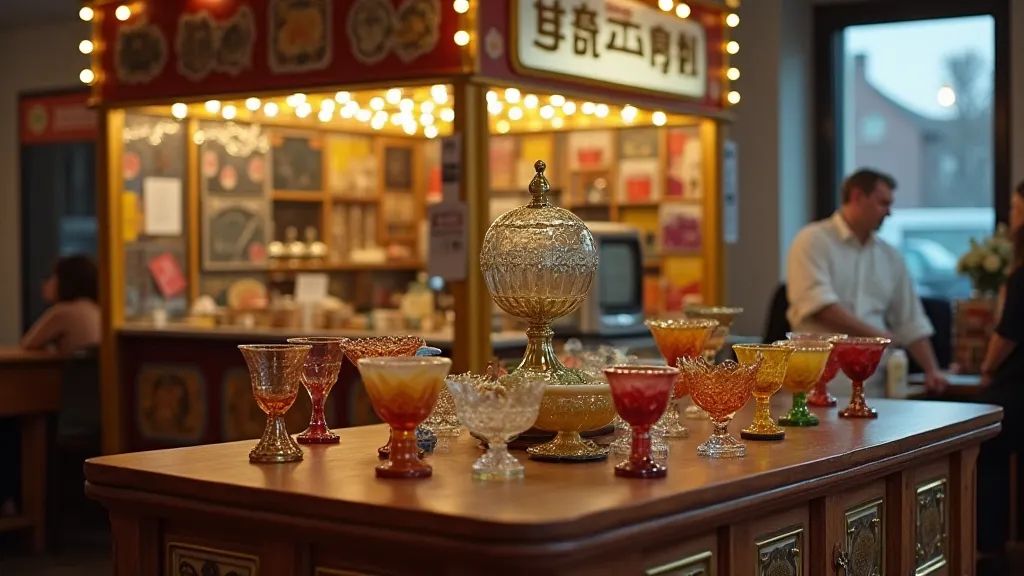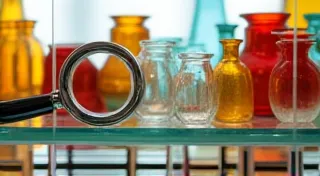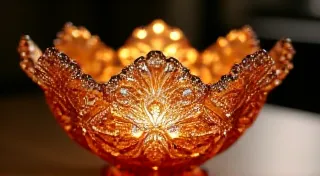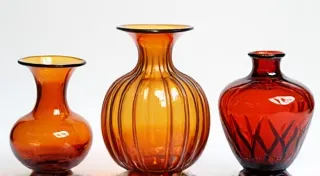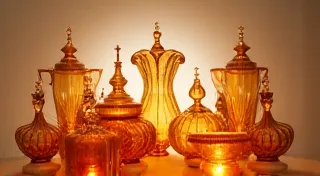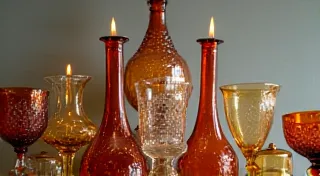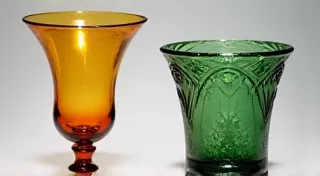Beyond the Sparkle: Understanding Carnival Glass Manufacturing & History
Carnival glass isn't just about beauty; it's a fascinating window into early 20th-century American manufacturing. This article explores the history of carnival glass, from its origins as inexpensive premiums to its current status as a cherished collectible. Learn about the companies involved, the techniques used to create the iridescent finish, and the factors that influenced its production and popularity.
The Rise of the Iridescent Dream
The term "carnival glass" is a bit misleading. While it was indeed often distributed as prizes at carnivals and fairs, the name stuck, even though it wasn't exclusively tied to these events. The period from roughly 1905 to 1925 saw a surge in its production, a reflection of a booming American economy and a desire for affordable luxury. Prior to this, iridescent glass had existed, but it was generally expensive, hand-sprayed, and reserved for high-end tableware. Carnival glass revolutionized the process, making the iridescent effect accessible to a much wider audience.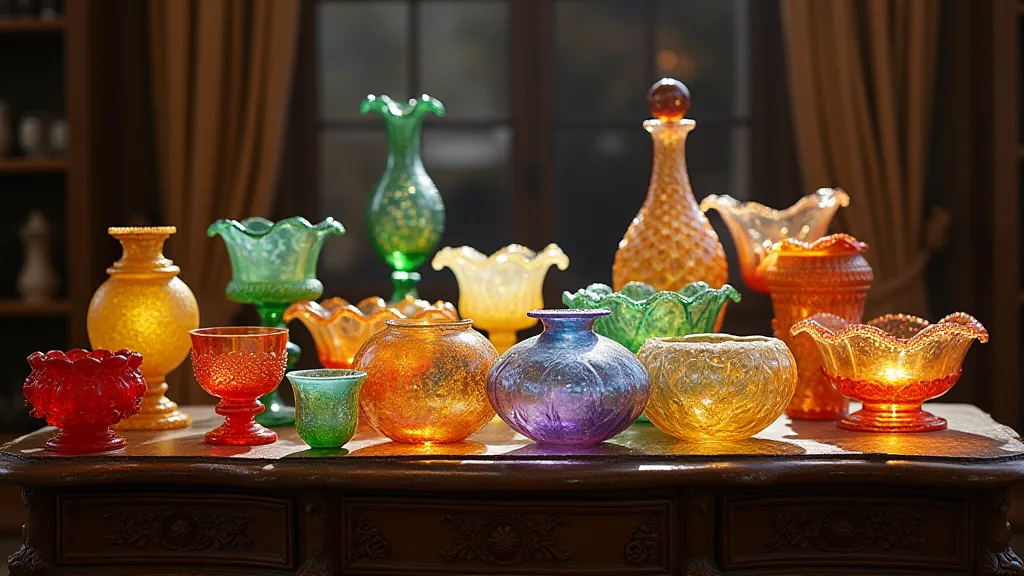
The Manufacturing Process: A Layered Secret
The magic of carnival glass lies in its surface treatment. It wasn’t the glass itself that was inherently iridescent, but a special metallic coating applied *after* the glass was formed. The exact recipe for this coating remains a subject of ongoing research and debate, but it’s generally believed to have involved a mixture of metallic oxides – primarily bone ash, potassium and/or sodium salts, and silica – suspended in a liquid. This mixture was applied as a thin layer over the newly formed glass, which was then fired at a relatively low temperature (around 900-1000°F). During firing, the metallic oxides reacted with the glass surface, creating the characteristic rainbow-like iridescence. This process was significantly cheaper than hand-spraying, allowing manufacturers to produce glass pieces at a lower cost. The thickness and quality of the metallic coating varied significantly, contributing to the unique look of each piece.Key Manufacturers: Shaping the Carnival Glass Landscape
Several key glass manufacturers dominated the carnival glass era. Here are some of the most prominent:- Fenton Glass Company: Perhaps the most recognized name in carnival glass, Fenton produced a vast range of shapes, colors, and patterns. Their pieces are highly sought after by collectors.
- Northwood Glass Company: Another major player, Northwood was known for its innovative patterns and vibrant colors.
- Imperial Glass Company: While known for other lines as well, Imperial also produced a significant amount of carnival glass.
- Akron Glass Company: A smaller, but still important, contributor to the carnival glass market.
- Milton Glass Company: Produced a smaller quantity but have unique shapes and patterns.
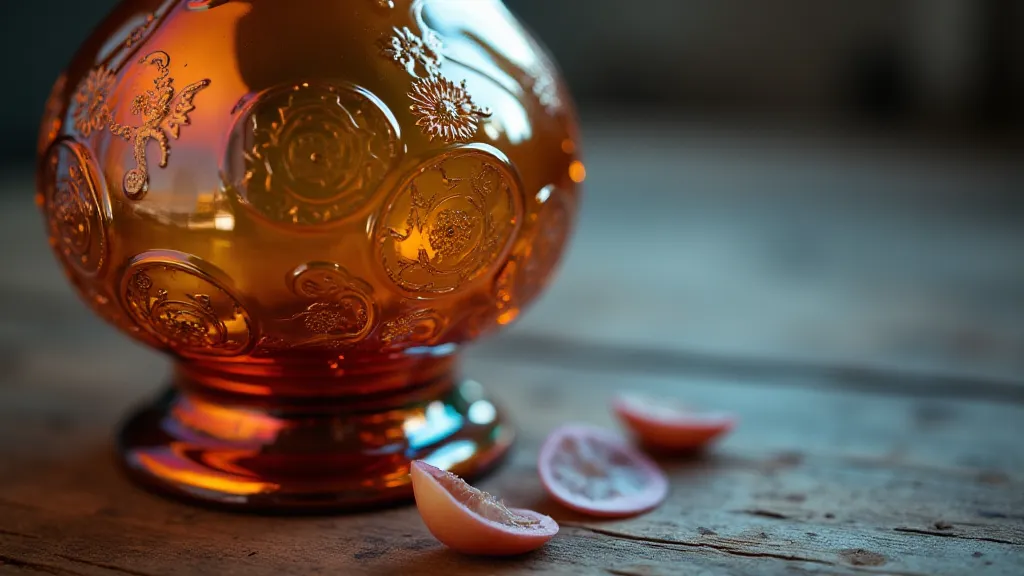
The Decline and Resurgence
The popularity of carnival glass began to wane in the late 1920s, coinciding with the onset of the Great Depression and changing consumer tastes. Production largely ceased by the early 1930s. For decades, carnival glass remained relatively obscure. However, the 1970s marked the beginning of a remarkable resurgence. Collectors began to rediscover the beauty and historical significance of these forgotten treasures. Today, carnival glass is a thriving collectible, with dedicated clubs, auctions, and online communities.Collecting Today: A World of Color and History
Collecting carnival glass is more than just acquiring beautiful objects; it's about connecting with a fascinating era in American history. From its humble beginnings as an inexpensive premium to its current status as a cherished collectible, carnival glass offers a unique glimpse into the ingenuity and artistry of early 20th-century manufacturing. The wide variety of colors, patterns, and manufacturers provides a seemingly endless world to explore. The rarity of some patterns, combined with the inherent beauty of the iridescence, continues to captivate collectors worldwide.